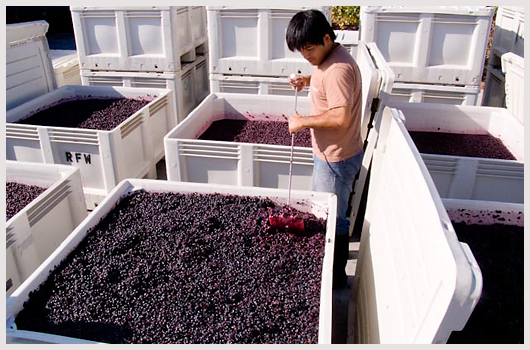floridacelt
Junior
- Joined
- Jul 14, 2016
- Messages
- 14
- Reaction score
- 2
Hello!
I'm on my first make-from-scratch-batch of frozen strawberry wine and am a bit paranoid about stuck fermentation.
I started with 18 lb frozen strawberries for a 5 gallon batch, which I partially crushed while in the primary fermenter. I read that leaving the pulp free in the must is absolutely fine and that in fact you don't even need to crush the berries.
Anyway, I pitched the yeast (Red Star Cote des Blancs) last night after waiting 24hr for the pot-meta to dissipate. I did re-hydrate them in a 1/4 cup of 102 F water before pitching. Starting S.G. was 1.094.
My paranoia is derived from the fact that the surface of the must is dominated by strawberry remains and when I stir, the must bubbles up. Is it possible that the flotsam is suffocating the yeast? After one day of fermentation, my S.G. has only reduced to about 1.091.

I'm on my first make-from-scratch-batch of frozen strawberry wine and am a bit paranoid about stuck fermentation.
I started with 18 lb frozen strawberries for a 5 gallon batch, which I partially crushed while in the primary fermenter. I read that leaving the pulp free in the must is absolutely fine and that in fact you don't even need to crush the berries.
Anyway, I pitched the yeast (Red Star Cote des Blancs) last night after waiting 24hr for the pot-meta to dissipate. I did re-hydrate them in a 1/4 cup of 102 F water before pitching. Starting S.G. was 1.094.
My paranoia is derived from the fact that the surface of the must is dominated by strawberry remains and when I stir, the must bubbles up. Is it possible that the flotsam is suffocating the yeast? After one day of fermentation, my S.G. has only reduced to about 1.091.






